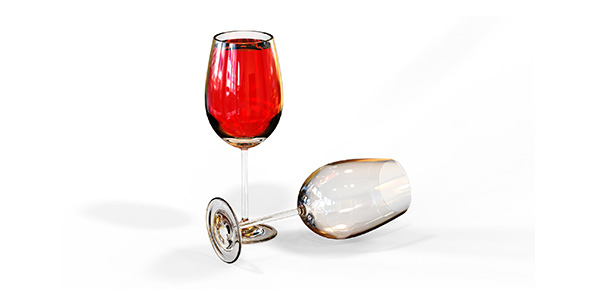Wine 101, Part III- Tasting Wine
- WSET
- CMS
2.
You may optionally provide this to label your report, leaderboard, or certificate.
Submit
Submit
×
Thank you for your feedback!
















